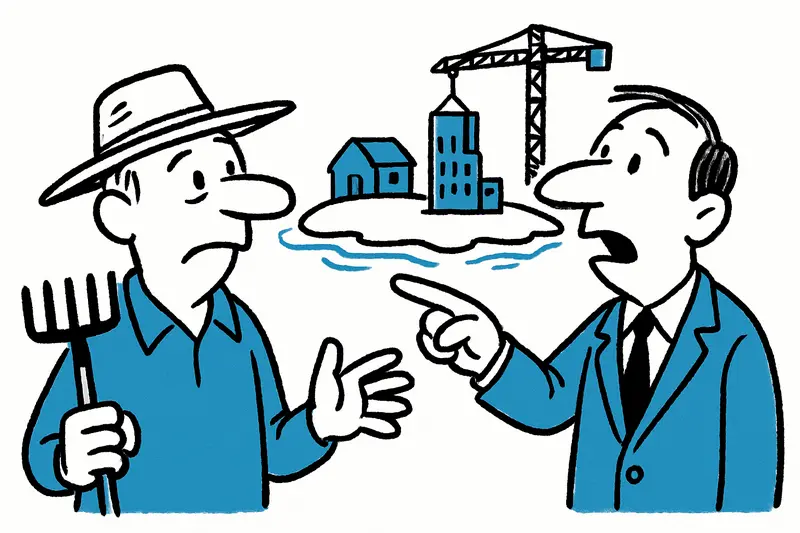A reform allows residential construction on areas previously protected. Experts warn of a massive rise in housing and pressure on water, traffic and infrastructure.
Suddenly building land where we didn't expect it
In the late afternoon, on the paseo beside a café, you now hear more often: "What, you can build there now?" The answer: Yes. The regional government has changed rules so that areas formerly meant as buffers can now be released for residential buildings. For many residents the decision comes as a surprise.
What the numbers say
An analysis commissioned by an initiative shows that in several larger municipalities of the island hundreds of thousands of new homes could be possible. Depending on how strictly the municipalities plan later, the building land area in Palma, Llucmajor, Manacor, Inca, Marratxí, Calvià and Alcúdia could increase significantly – with a growth in units that in some forecasts reaches into the hundreds of thousands.
The problem: Many of these areas are today fields, olive groves or cork oak forests. They provide shade, store water and are habitats for birds and insects. If they are sealed, the island pays the price — not only ecologically, but also logistically: roads, schools, wastewater and drinking water would have to grow in parallel.
Arguments and counterarguments
The government emphasizes that the change aims to promote social housing. Critics say it opens doors for large-scale projects by developers and pushes aside the long-term idea of sustainable planning. On a Plaça on a Tuesday morning, older neighbors talked about water scarcity, parents worried about overcrowded schools — and a young baker dryly said: "We need housing, but not on every field."
A concrete calculation example: In parts of Palma, several hundred hectares could become buildable again — areas that are otherwise used as recreational zones or agricultural reserves.
What must happen now
Municipalities are now called to define where building should actually take place and which rules will apply. This is the only chance to avoid wild growth: clear densities, real guidelines for green spaces, protection of drinking water capacity and binding social quotas — not just promises.
Those driving through places like Sencelles or Marratxí in the coming weeks already see construction boards. Whether these become responsible neighborhoods or extended settlements will be decided now. And this concerns us all: neighbors, farmers, children going to school, and those who measure water scarcity every summer.
A short, honest piece of advice: pay attention at public meetings. And if you love a field, maybe go to the municipality with a pen. City planning is not a TV show – it decides the everyday climate, the quiet on Sunday mornings, and whether the island stays livable.
Similar News

After 30 Years: Retired Couple Leaves Mallorca – Rising Rents Push Them to the Mainland
After decades on the island, María and Paco must move to Alicante due to rising rents and dwindling pensions. A story ma...

Traffic Cameras in the Tramuntana: Tender Starts Soon
The island council plans to push ahead with the camera project on the Ma-10, which has been stalled for months, through ...

Court confirms right to Islam education in Mallorca schools
A court on the Balearic Islands has decided: parents can demand that Islam education is offered near their children at p...

Balearic Islands report more deadly accidents due to driver distraction
On the Balearic Islands, there are noticeably more deadly traffic accidents involving driver distraction. Police and the...

Ecotax in Mallorca: Increase Approaching
After a surprising shift in political opinion, the likelihood that the island will raise the ecotax grows — including ne...
